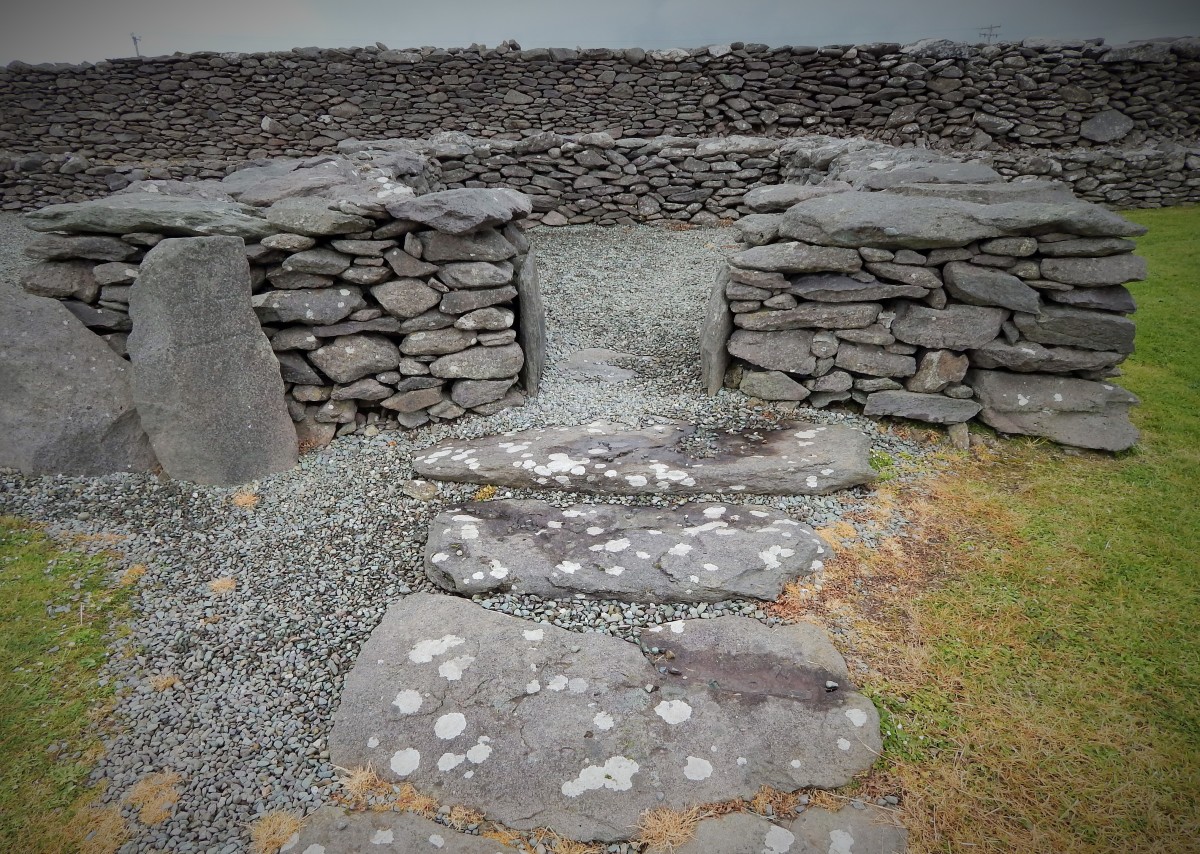World Mysteries - Gobekli Tepe of Turkey
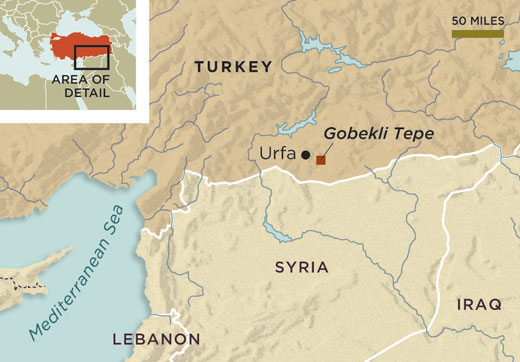
Gobekli Tepe is located in the mountain ranges of Turkey, 35 miles north of the country’s border with Syria. This place is about 2500 feet above the sea level. Gobekli Tepe is one of oldest construction done by our ancestors and its building was dated back to around 10000 BC. No other human structure that was constructed before this period was found in the history so far. Stonehenge of England is another stone structure of ancient times, but it was constructed 6000 years after this period and even the existence of world's first civilized cities of Mesopotamia was 5500 years after the construction of Gobekli Tepe.
American archaeologist, Peter Benedict was the first scholar to notice the existence of Gobekli Tepe in 1964, but he did not studied about this structure in detail. A more serious study and the excavation of the site was done by the German archaeologist Klaus Schmidt from the University of Heidelberg.
The structure was built in a period when the human beings were believed to be lived as nomads and survived only on hunting animals. They were not aware of agriculture at that time and also they do not have the skills to build any tools or know the usage of potteries. Many interpretations have been put forwarded by the researchers about the method used for the construction of the site and also about the purpose its creation.
BBC Documentary on Gobekli Tepe
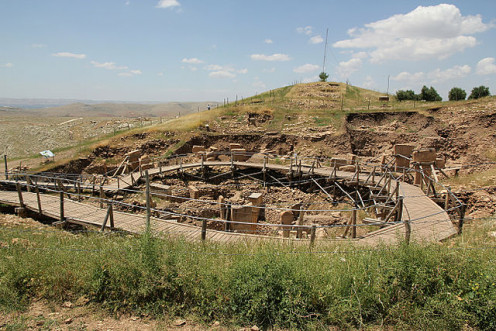
Gobekli Tepe is considered as the most important archaeological discovery of our era, because it is the living proof of the skills and abilities of our very old ancestors who was lived in primitive surroundings. Klaus Schmidt, who has done the excavation work on this site for more than ten years believed that this stone construction was used for some religious purpose and so in his opinion it is oldest temple of the world.
The site consists of a series of stone circles made up of T-shaped pillars with carvings of animals, birds and insects. Abstract pictures of human beings are also found in some of the stone pillars. Construction work of this structure might have required hundred workers to carve, erect and bury rings. So there must some settled communities at that time, though man was not started to utilize land for agricultural purposes. Hundreds of workers have to be fed and housed for the construction works of the Gobekli Tepe, so some kind of community settlement was emerged in that period (in 10000 BC) even before the invention of agriculture.
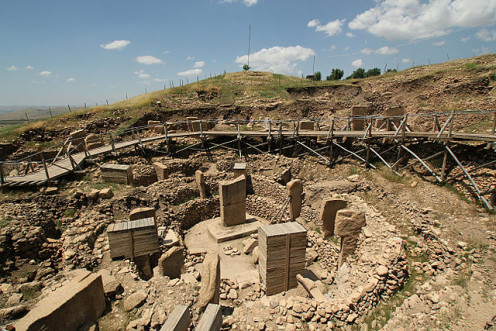
The Period of Construction of Gobekli Tepe
Accurate determination of the period of construction of Gobekli Tepe is not very easy, but its oldness is calculated through various dating methods. The beginning of Gobekli Tepe’s construction was in early Epipaleothic period and this period is dated for 20,000 BP to 10,500 BP. Different structures were identified from this site which was created in the Pre-Pottery Neolithic A (PPNA) period which dating around 8,000 to 7,000 BC. The smaller buildings that are found in this site was found to be constructed in Pre-Pottery Neolithic B (PPNB) period which is dated between 7,000 and 6,000 BC. Different methods including the carbon dating tests were used to find out the construction period of these structures.
Construction Method of Gobekli Tepe
Gobekli Tepe stone structure was constructed in circular compounds which have diameters ranging from 10 to 30 meters. Four such circular structures have been unearthed so far. The first phase of Gobekli Tepe site construction consists of more than 200 pillars in about 20 circles. These pillars are huge in size and each of them weighed up to 20 tones and has up to 20 ft. in length. These pillars were fitted into in to the bedrocks by cutting out suitable sockets. In the second phase of construction, the pillars used were smaller and they were erected in rectangular rooms with polished floors. Lime stones were used as the floors of the rooms that were used to erect the pillars.

Two taller pillars stand facing one another sat at the center of each circle. In the interior side, stone benches were found which was used for the purpose of sitting. A good number of pillars were decorated with pictures of animals, birds and insects; some pillars have carvings of different animals. Though comparatively low, human figures were also appeared in these pillars. Radiocarbon dating of these circular structures shows that they were created in a period around 10,000 to 9,000 BC.
In the second phase of construction was on Pre-Pottery Neolithic B period and in this this phase small rooms were constructed to erect the T-shaped pillars. These rooms were doorless and windowless with polished lime floors.
Gobekli Tepe site was seemed to be abandoned after 8,000 BC and was buried under debris. Many stone tools, stone vessels, limestone fragments and animal bones were found in these junk on excavation. Nobody knows the reason for the burying of these enclosures in this debris.
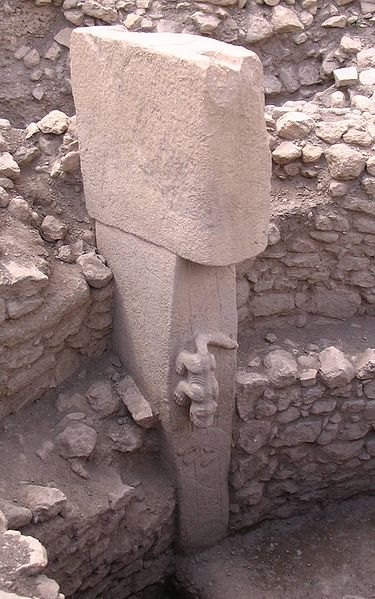
Who are the Builders of Gobekli Tepe?
The construction of the site was in the earliest Neolithic (PPNA) and the people lived in that period were of having wandering character and survived purely on hunting. Many inventions of mankind such as pottery, metallurgy, writing, usage of wheel and even agriculture were unknown to them at that time. But the Gobekli Tepe construction compulsorily requires the assistance of a large number of people with some skills because of the usage of giant sized pillars for the construction. These workers have to be fed and housed to complete the works; but no evidence of any domesticated animals or plants were found in the excavation.
The work of transporting the heavy pillars from the local quarries to the hilltop required great manpower. At least 500 people were required to move the pillars to this distance of about 350 ft. to 650 ft. The weights of the pillars used for the work were from 10 to 20 tones and even a few pillars were nearly 50 tones. So some special arrangements have been worked out by the community at that time to supervise and carried out this heavy work without tampering the existing social structure.
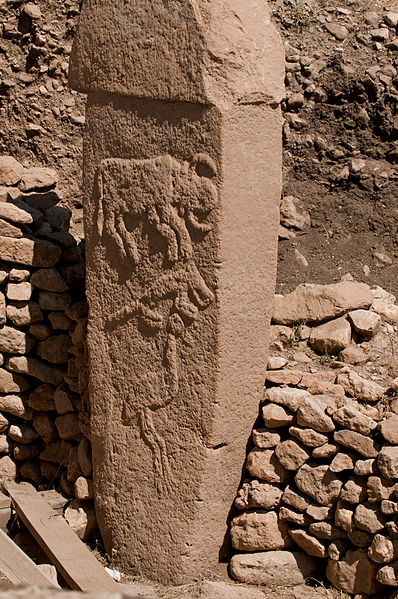
Gobekli Tepe and Its Purpose of Construction
Several researches show that Gobekli Tepe was used for religious purposes. It is believed to be the oldest religious site discovered in modern times. Klaus Schmidt, who had done the excavation process for a very long time, believed that this was the pilgrimage destination attracting worshipers from distant places. He called Gobekli Tepe as a ‘cathedral on a hill’.
The discovery of Gobekli Tepe is an important archaeological achievement because it shows that our ancestors of olden times, even before the Neolithic period, was capable to carry out construction of such a large stone structure, while leading their life as hunter-gatherers.
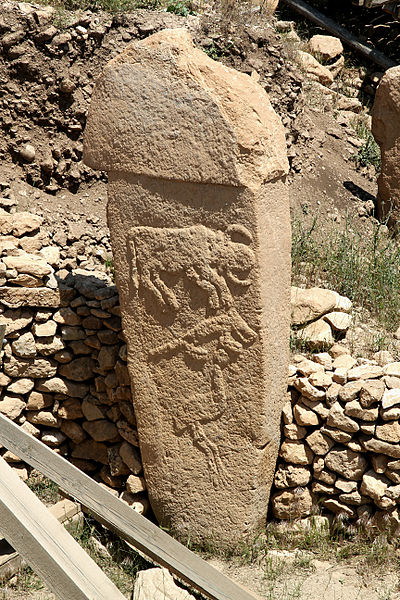
Mystery Surrounding Gobekli Tepe
Nobody is competent enough to explain the exact purpose of the construction of this huge stone structure which was built around 12000 years ago. The construction required the support a large numbers of people to handle the stone movement and the erection of the heavy pillars. But the social set up of that period was not exactly supportive to carry out such a social gathering to complete this mammoth type construction. But though it is unknown to the modern researchers, the people of that period have found a way to gather and carry out this gigantic construction without the help of any modern technology.
Most of the pillars used in the Gobekli Tepe have pictographs and our scholars are not able to interpret these pictographs. It is also not known why in every few decades the existing pillars were replaced by new ones and the old ones were buried. Another enigma is that why this complex was back-filled by the stone tools and stone vessels used at the time of construction. All these uncertainties or doubts that are formed in the minds of the researchers, studying about Gobekli Tepe, will remain unsolved till we are able to find our more information about the life and culture of our ancestors, who were believed to be lived in primitive culture.








